Hawaiian Kona coffee is a treasure that coffee lovers around the world cherish. Its unique flavor profile and rich history make it a standout choice for anyone looking to elevate their coffee experience. As we explore the features of this beloved coffee, you’ll discover what sets Kona apart from other varieties and why it deserves a special place in your cup.
Nestled on the Big Island of Hawaii, the Kona region offers a perfect climate for growing coffee. The combination of volcanic soil, optimal rainfall, and sunshine creates an environment that nurtures the coffee plants, resulting in beans that are bursting with flavor. Whether you’re a novice or a seasoned coffee enthusiast, understanding the geographical features of Kona will deepen your appreciation for this exceptional brew.
But it’s not just the environment that makes Hawaiian Kona coffee special; it’s also the dedication of the local farmers. Their passion for cultivating high-quality beans shines through in every sip. From hand-picking the cherries to carefully processing the beans, the attention to detail ensures that only the best coffee reaches your cup.
In this article, we will guide you through the fascinating characteristics, cultivation methods, and roasting techniques that contribute to the allure of Hawaiian Kona coffee. Get ready to embark on a journey that will transform the way you enjoy your daily brew!
- Discover the unique geographical features of the Kona region that enhance coffee flavor.
- Learn about the cultivation methods and the passion of Kona coffee producers.
- Explore roasting techniques and brewing tips to perfect your Hawaiian Kona coffee experience.
What are the characteristics of Hawaiian Kona coffee?
Geographical features of Kona
The Kona region is truly a remarkable place for coffee cultivation. Located on the Big Island of Hawaii, it boasts a unique combination of volcanic soil, ideal rainfall, and a perfect amount of sunshine. This specific climate not only nourishes the coffee plants but also influences the flavor profile of the beans. As the sun rises and sets over the lush mountains, the microclimates within Kona create varying conditions that lead to distinct flavor nuances in the coffee.
Another fascinating aspect of Kona’s geography is the elevation at which the coffee is grown. The higher altitudes allow for cooler temperatures, which slow down the maturation process of the coffee cherries. This slow ripening results in beans that are denser and more flavorful. So, when you sip on a cup of Hawaiian Kona coffee, you are experiencing the essence of its rich terroir.
Kona’s geographical features also contribute to the meticulous care that farmers provide. The region is known for its small family-owned farms, where growers are passionate about maintaining traditional farming methods. They often hand-pick the cherries at the peak of ripeness, ensuring that only the best beans make it to your cup.
In essence, the geographical characteristics of Kona play a significant role in crafting the unique flavors of its coffee. Understanding this connection between the land and the beans makes each sip of Hawaiian Kona coffee even more special.
- Volcanic soil enriches the coffee’s flavor.
- Ideal rainfall and sunshine create perfect growing conditions.
- Higher altitudes lead to denser, more flavorful beans.
Quality and flavor of the coffee beans
When it comes to quality, Hawaiian Kona coffee is often regarded as one of the finest in the world. The meticulous cultivation process, combined with the region’s unique characteristics, results in beans that are not only flavorful but also aromatic. You’ll find that Kona coffee offers a delightful balance of sweetness, acidity, and body, making it a favorite among coffee aficionados.
The flavor profile of Hawaiian Kona coffee is truly distinctive. Many describe it as having notes of chocolate, nuts, and a hint of fruitiness. This complexity is what makes each cup an exploration of taste, inviting you to savor every sip. The careful attention to detail during harvesting and processing ensures that these flavors remain intact, allowing you to fully appreciate the essence of Kona coffee.
As we continue our journey into the world of Hawaiian Kona coffee, you’ll discover more about the roasting techniques that further enhance its unique features. So, get ready to dive deeper into the art of brewing and enjoy the full experience that this exceptional coffee brings.
- Hawaiian Kona coffee is known for its high quality and rich flavors.
- The flavor profile includes chocolate, nuts, and fruity notes.
- Careful harvesting and processing preserve the unique taste.
The cultivation methods and attractions of Hawaiian Kona
Importance of the cultivation environment
The cultivation environment plays a crucial role in the quality of Hawaiian Kona coffee. As we’ve already explored, the combination of volcanic soil, ideal weather conditions, and the unique microclimates of the Kona region creates an exceptional setting for growing coffee. However, it’s not just about the natural elements; it’s about how these elements interact with the farming practices employed by local producers.
In Kona, the altitude is vital for producing high-quality coffee beans. The cooler temperatures at higher elevations slow down the growth of the coffee cherries, allowing them to develop richer flavors. This slow maturation process leads to denser beans with a more complex flavor profile. As a coffee lover, appreciating these nuances can make each cup of Kona coffee an exciting experience.
Moreover, the attention to detail in farming practices is just as important as the environment itself. Farmers often employ organic methods and sustainable practices, ensuring that the coffee is grown without harmful chemicals. This not only supports the health of the land but also enhances the purity of the flavors in the coffee. The connection between the cultivation environment and the final product is something that every coffee drinker should consider, as it reflects the heart and soul of Hawaiian Kona coffee.
- The unique combination of volcanic soil and climate enhances flavor.
- Higher altitudes contribute to denser beans with richer profiles.
- Sustainable farming practices support both environment and coffee quality.
Passion and dedication of the producers
The passion and dedication of Kona coffee producers are what truly elevate this coffee to a world-class level. Local farmers have a deep-rooted connection to the land, and their commitment to quality shines through in every aspect of the coffee-making process. From planting to harvesting, each step is taken with care and consideration.
Many of these farmers are part of small family-owned operations, where tradition and quality are paramount. They often hand-pick the coffee cherries at peak ripeness, ensuring that only the best beans are selected for processing. This hands-on approach not only ensures quality but also helps maintain the unique characteristics of the coffee. When you choose Hawaiian Kona coffee, you’re not just enjoying a beverage; you’re supporting a community that takes immense pride in their craft.
Additionally, the collaboration among farmers and their willingness to share knowledge about cultivation techniques and innovations contribute to the overall quality of Kona coffee. This sense of community fosters an environment where excellence is the standard, making Hawaiian Kona coffee a true reflection of the dedication and hard work of its producers.
- Farmers are deeply connected to the land and its traditions.
- Hand-picking ensures only the best cherries are used.
- Collaboration among producers enhances overall coffee quality.
Roasting techniques and recommended methods
Basics of roasting and Kona characteristics
Roasting is a pivotal step in bringing out the best in Hawaiian Kona coffee. The roasting process transforms the green coffee beans into the aromatic, brown beans that we love. For Kona coffee, understanding the roasting basics is crucial for maximizing its unique flavor profile. Each roast level accentuates different characteristics, allowing coffee drinkers to explore a range of tastes and aromas.
When you roast Kona coffee, the goal is to highlight its inherent sweetness and rich nutty flavors while maintaining the delicate fruity notes. Light to medium roasts tend to preserve the bright acidity and complex flavors, while darker roasts can bring out a more robust body and chocolatey undertones. Your choice of roast can significantly influence the experience, so it’s worthwhile to experiment and find what suits your palate best.
- Roasting transforms green beans into flavorful coffee.
- Understanding roast levels helps highlight Kona’s unique characteristics.
- Experimenting with different roasts can enhance your coffee experience.
Flavor variations based on roasting levels
The roast level you choose for your Hawaiian Kona coffee can create a delightful spectrum of flavors. Light roasts often showcase the coffee’s bright acidity and floral notes, making them perfect for those who appreciate a more delicate cup. This roasting style allows the unique terroir of Kona to shine, giving drinkers a taste of the region’s rich landscape in every sip.
On the other hand, as the roast level increases, the flavors evolve. Medium roasts strike a balance between the coffee’s sweetness and acidity, while offering deeper notes of caramel and chocolate. This level is often favored by many coffee enthusiasts who enjoy a well-rounded cup that doesn’t overpower the palate.
Finally, dark roasts bring a bold intensity, often emphasizing rich chocolate and smoky flavors. While some may prefer this style for its robust profile, it’s essential to remember that it can overshadow the subtler nuances of Kona coffee. Therefore, it’s all about finding the right balance that lets you enjoy the essence of Hawaiian Kona while exploring the diverse flavor spectrum that different roasting levels provide.

If you’re intrigued by the nuances of roasting and the flavors they bring out, you might also find interest in this article: Mastering the Flavor of Ethiopian Coffee! A Deep Dive into Its History, Selection, and Brewing Methods. It explores the unique characteristics of Ethiopian coffee, which, like Kona, has its own distinct flavor profile shaped by its roasting process.
- Light roasts highlight bright acidity and floral notes.
- Medium roasts offer a well-rounded balance of sweetness and depth.
- Dark roasts emphasize bold flavors but can mask subtler notes.
How to enjoy Hawaiian Kona coffee through extraction methods
Choosing the right brewing equipment
When it comes to enjoying Hawaiian Kona coffee, the brewing method you choose can make all the difference. Each type of brewing equipment brings out different aspects of the coffee, allowing you to experience the rich flavors and aromas in various ways. Whether you prefer a classic drip coffee maker, a French press, or a pour-over setup, the key is to select equipment that complements the unique characteristics of Kona coffee.
For many coffee lovers, the pour-over method is a favorite choice. This technique allows for greater control over water temperature and extraction time, which can enhance the delicate flavors of Hawaiian Kona. Additionally, using a French press can create a fuller-bodied cup, bringing out the coffee’s robust notes. No matter which method you decide on, investing in high-quality equipment will elevate your brewing experience and help you appreciate the nuances of this exceptional coffee.
As you explore different brewing methods, remember that the grind size of the beans also plays a significant role. A coarser grind may work best for methods like French press, while a finer grind is ideal for espresso. Finding the right grind size for your brewing equipment will help you achieve the optimal extraction and flavor profile.
- Pour-over methods allow for precise control over extraction.
- French press creates a fuller-bodied coffee experience.
- Grind size affects extraction and flavor, so adjust according to your method.
Points and tips for extraction
Now that you’ve chosen your brewing equipment, let’s dive into some tips that will help you extract the best flavors from your Hawaiian Kona coffee. First and foremost, pay attention to the water temperature. Ideally, you want your water to be between 195°F and 205°F. This temperature range ensures that you’re not over-extracting or under-extracting the coffee, allowing the unique flavors of Kona to shine through.
Next, consider the coffee-to-water ratio. A common guideline is to use about 1 to 2 tablespoons of coffee per 6 ounces of water, but feel free to adjust this based on your personal taste preferences. Experimenting with different ratios can reveal new layers of flavor in your Kona coffee that you may not have noticed before.
Another important aspect is the extraction time. For instance, if you’re using a pour-over method, aim for an extraction time of around 2-4 minutes. This will allow the coffee to fully develop its rich flavors without becoming bitter. If you’re using a French press, a longer steeping time of about 4 minutes is recommended for optimal taste.
Finally, don’t forget to enjoy the experience! Take a moment to appreciate the aroma before you take your first sip, and savor each taste as you explore the complexity of Hawaiian Kona coffee. By following these tips, you’ll not only enhance your brewing technique but also deepen your appreciation for the incredible flavors that this coffee has to offer.
- Maintain water temperature between 195°F and 205°F for optimal extraction.
- Adjust coffee-to-water ratio based on personal taste preferences.
- Aim for 2-4 minutes of extraction time for pour-over methods.
- Take time to enjoy the aroma and savor each sip for a full experience.
Summary of Hawaiian Kona Coffee
In conclusion, Hawaiian Kona coffee stands out as a remarkable choice for coffee lovers due to its unique characteristics and exceptional quality. The combination of volcanic soil, ideal climate, and dedicated farming practices contributes to the rich flavors that make Kona coffee a true delight. By understanding the geographical features and the passion of local producers, you can appreciate the depth of flavor in every cup.
Moreover, the roasting process and brewing methods play a significant role in enhancing the coffee’s inherent qualities. From light to dark roasts, each level offers a different taste experience, allowing you to explore the diverse flavor spectrum of Kona coffee. Choosing the right brewing equipment and techniques further elevates your enjoyment of this extraordinary coffee.
As you savor your next cup of Hawaiian Kona coffee, remember the journey that each bean has taken from the farm to your cup. Your appreciation for this exceptional brew will deepen as you explore its rich history and the dedication of those who cultivate it.
- Hawaiian Kona coffee is known for its unique flavors, thanks to its volcanic soil and ideal climate.
- The dedication of local farmers ensures high-quality beans through careful cultivation and processing.
- Roasting and brewing methods significantly influence the flavor profile, allowing for a rich coffee experience.
Feel free to share your thoughts and experiences with Hawaiian Kona coffee in the comments below! We would love to hear how you enjoy this exquisite brew.









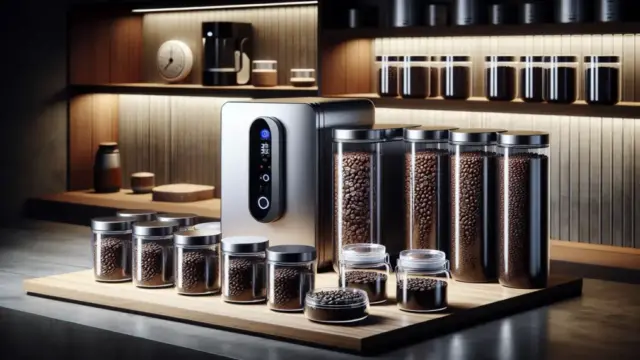

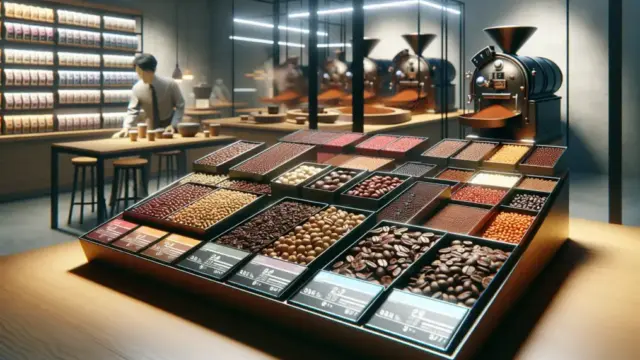
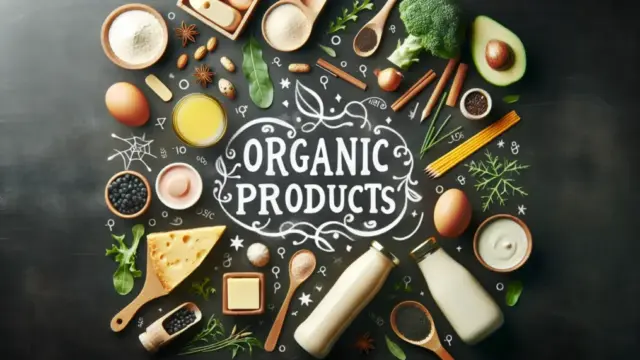







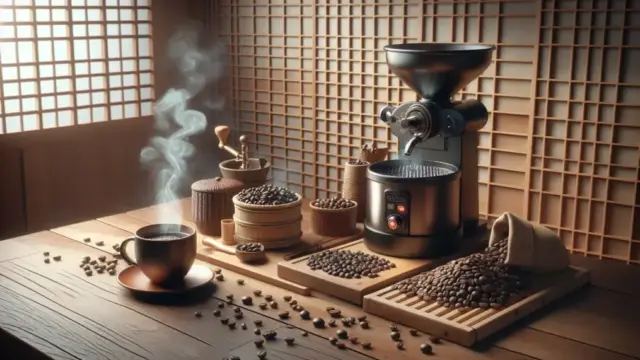

















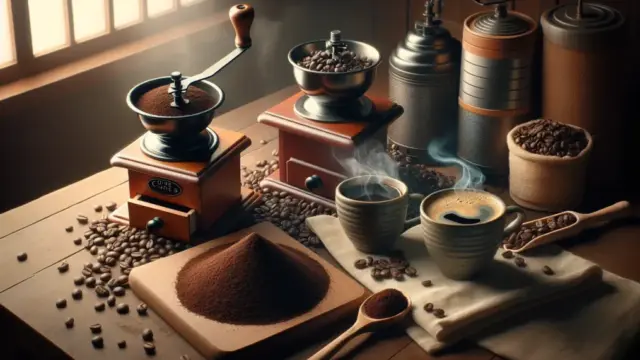






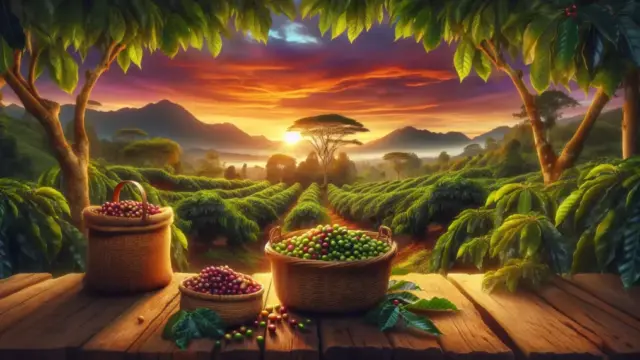









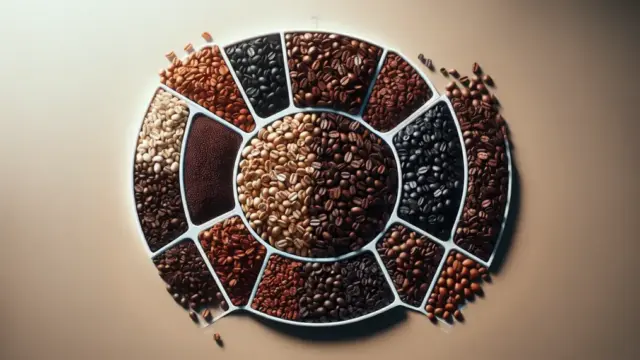













Comment